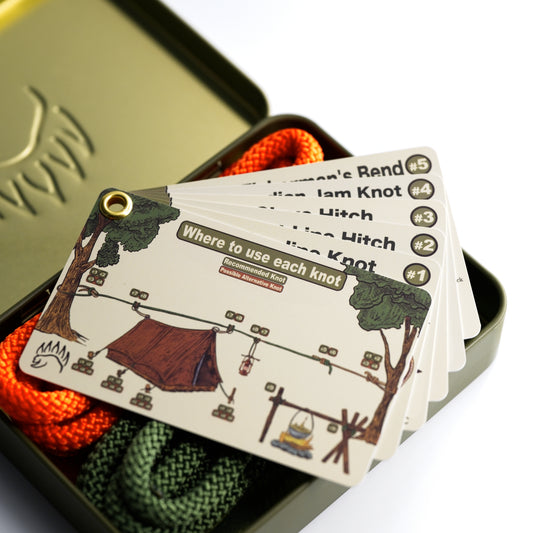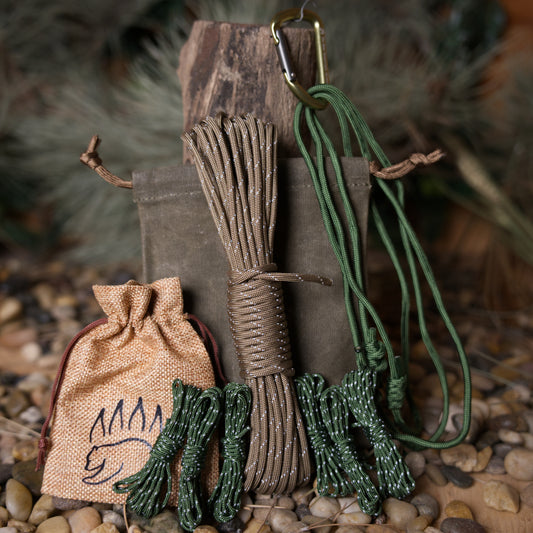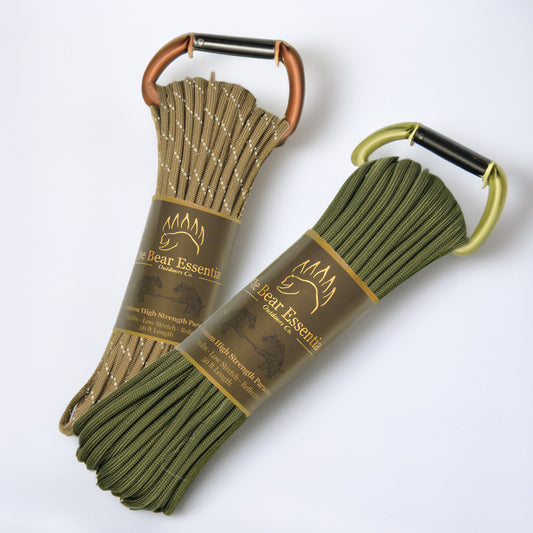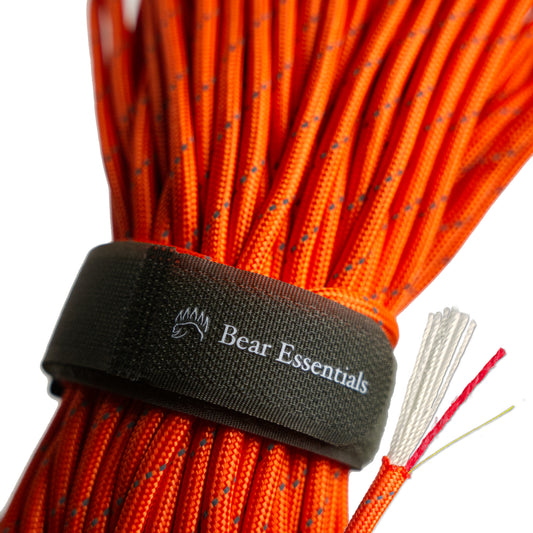How to Tie the Double Davy Knot
Usage
The Double Davy Knot is commonly used to tie a fishing line to a hook or fly in fishing and flyfishing, offering a strong, low-profile connection. Compared to the Davy Knot, it’s more secure with an additional tuck, making it ideal for small flies and fine tippets. Its simplicity and strength are valued, but it requires precision with thin lines.
Why Learn the Double Davy Knot?
Its compact design ensures a reliable, unobtrusive tie. This knot is a must for fly anglers needing strong, streamlined connections. High strength: Holds well for fine tippets and small hooks. Low profile: Creates a tiny knot, ideal for delicate flies. Quick to tie: Forms fast with practice, even in the field. Minimal line use: Preserves tippet length with efficient tying. Flyfishing staple: Trusted for precise presentations.
Common Uses
-
Fishing:
- Secures monofilament or fluorocarbon to small hooks for bait fishing.
- Attaches lines to lures for lightweight setups.
-
Flyfishing:
- Ties tippets to tiny fly hooks for trout or panfish.
- Connects leaders to flies in delicate, clear-water conditions.
ABOK Number
(Ashley Book of Knots)
Other Names
Category
|
Notable Features
- High Strength: Holds well for fine tippets and small hooks.
- Low Profile: Creates a tiny knot, ideal for delicate flies.
- Quick to Tie: Forms fast with practice, even in the field.
- Minimal Line Use: Preserves tippet length with efficient tying.
- Flyfishing Staple: Trusted for precise presentations.
Variations
(No variations mentioned; section left blank.)
Similar Knots
Davy Knot vs. Double Davy Knot
- Pros: Simpler and faster to tie for basic flyfishing needs.
- Cons: Less secure, prone to slipping with fine tippets compared to the Double Davy.
Improved Clinch Knot vs. Double Davy Knot
- Pros: More versatile for larger hooks and stronger with monofilament.
- Cons: Bulkier and less suited for tiny flies or fine tippets.
History
The Double Davy Knot, not listed in The Ashley Book of Knots, was developed by Davy Wotton, a renowned flyfishing expert, as an improvement over the original Davy Knot. Its extra tuck addressed slippage issues with fine tippets, making it a go-to for fly anglers targeting small flies in technical waters. Its adoption in flyfishing reflects its compact strength and efficiency.
Security Level
The Double Davy Knot provides reliable strength for fine tippets and small hooks, retaining high line strength when tied correctly with monofilament or fluorocarbon. It performs best with precise tightening and thin lines (4X-7X). For larger hooks or braided lines, a knot like the Improved Clinch or Palomar Knot may be preferred for added security.
Downsides
- Learning curve: Requires precision with fine lines, tricky for beginners.
- Line-specific: Less effective with thicker lines or larger hooks.
Structure
- Pass the line through the eye of the hook or fly, leaving a 4-inch tag end.
- Form a loose overhand knot loop with the tag end around the standing line.
- Pass the tag end through the overhand knot again, creating a second loop.
- Wet the knot, then pull the standing line to tighten, sliding the knot to the hook eye.
- Trim the tag end close and test the knot to ensure it holds securely.
Pro Tip: Wet the line before tightening to reduce friction and strengthen the knot.
FAQ
Is the Double Davy Knot strong enough for trout?
Yes, it’s ideal for trout with fine tippets, but tie carefully for security.
What’s the best line for the Double Davy Knot?
Fluorocarbon or monofilament tippets in 4X-7X work best for small flies.
How does the Double Davy Knot compare to the Davy Knot?
The Double Davy is more secure for fine tippets, but slightly harder to tie.
Can the Double Davy Knot be used in regular fishing?
Yes, for small hooks, but other knots may be better for larger setups.
Why choose the Double Davy Knot over an Improved Clinch Knot?
It’s more compact for tiny flies, though less versatile for larger hooks.
Important Notes on Safety
Common failure points include sloppy tucks or dry tightening, which can weaken the knot. Always wet the knot and verify it’s secure before fishing, especially with fine tippets. Check the line for wear or damage before tying. Ensure the double tuck is tight and properly seated. Practice in calm conditions to perfect the technique.







